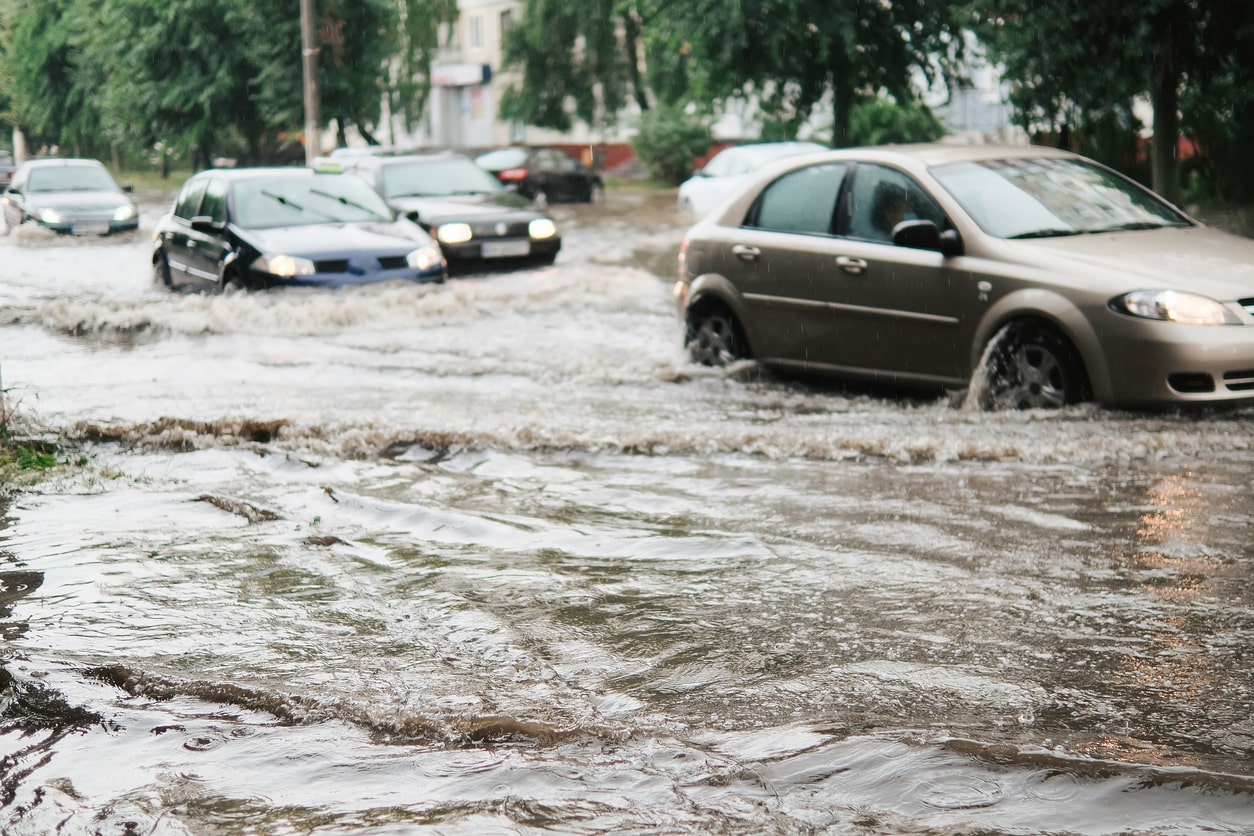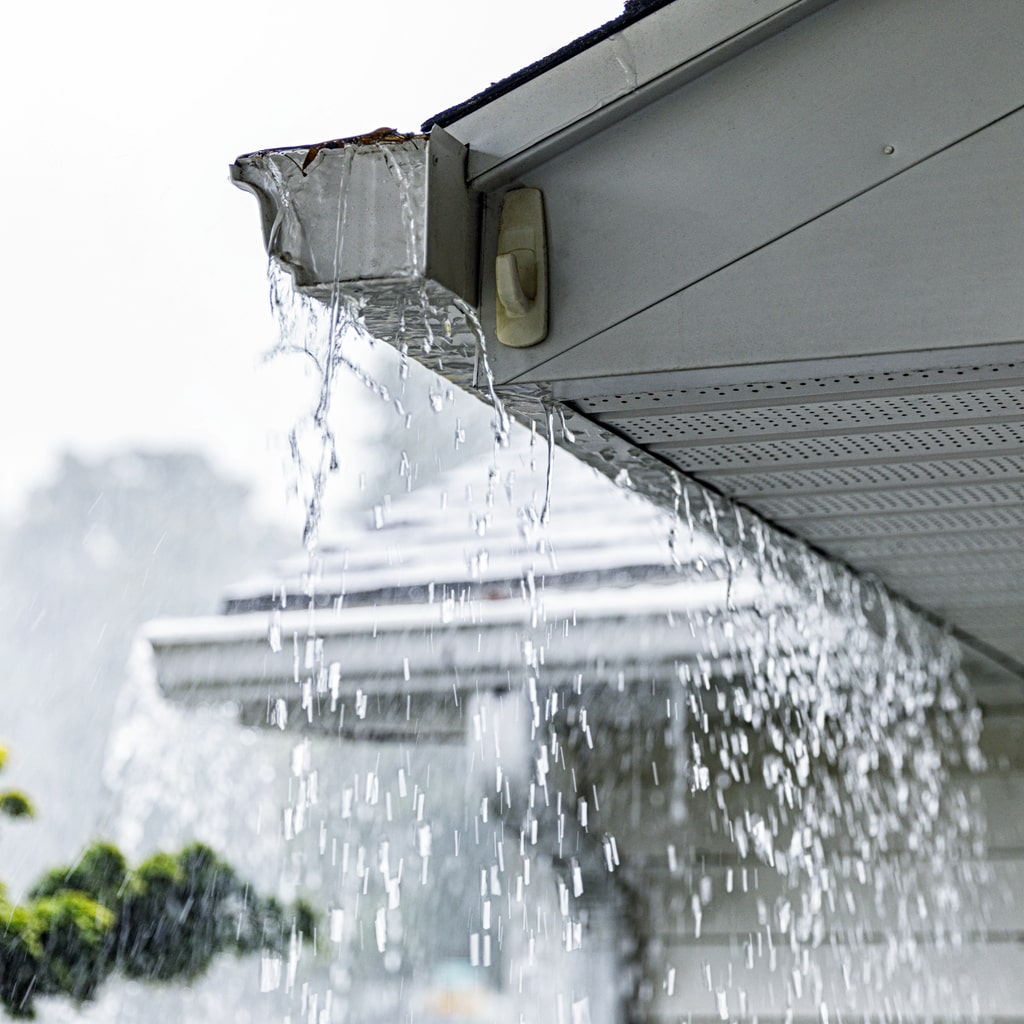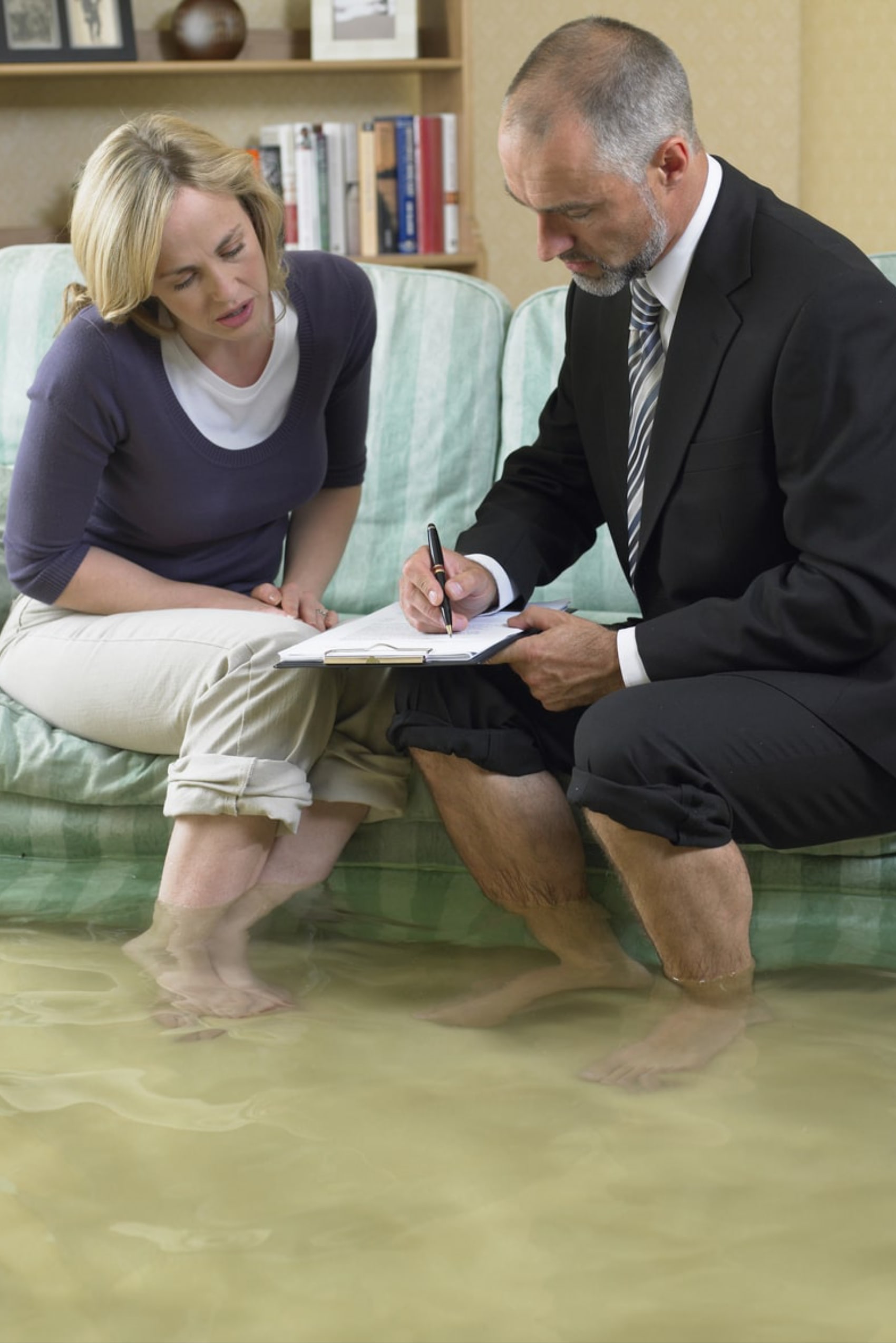Preparing for Seasonal Flooding and Heavy Rain
Apr 25, 2024As the seasons change, spring and summer bring not only the promise of warmer weather, outside activities, and fun, but also the potential for increased flood risk. Understanding the risks associated with these weather events and taking proactive measures can help protect your property and ensure the safety of your loved ones. Below, we explore the risks of spring/summer flooding and torrential rainfall and provide practical tips on how to prepare.

Understanding the Risks
Flooding and heavy rainfall can occur due to a variety of factors, including:
Snowmelt: There are three factors that determine if spring is going to bring flooding: how wet it was going into winter, how much snow an area got throughout winter, and how quickly the snow melts. As temperatures rise, accumulated snow can melt rapidly, leading to increased water runoff.
Storms: Intense spring storms can bring torrential rainfall over a short period, overwhelming drainage systems and causing flash floods. Summer thunderstorms can also produce large amounts of rain in a short time, leading to localized flooding.
Human activities: Humans have significantly altered natural landscapes, leading to increased vulnerability to flooding events. Engineering projects related to power generation, such as dams and reservoirs, can change river flow patterns which reduces downstream water availability. Additionally, water redistribution systems can disrupt natural drainage and contribute to water accumulation in certain areas. Land development practices, such as urbanization and deforestation, reduce natural vegetation cover and increases the overall area of concrete surfaces, leading to faster runoff and reduced infiltration in the soil.
Hurricanes and Tropical Storms: In some regions, the hurricane season overlaps with spring and summer, bringing the risk of widespread flooding and strong winds.
Understanding these risks is the first step in preparing for potential flooding and heavy rainfall events. Being aware of the weather forecasts and staying informed about flood warnings in your area can help you take timely action to protect your property and ensure your safety.

How to Protect Your Home from Flooding
Preparation is key to minimizing the impact of flooding and heavy rainfall. Here are some practical tips to help you prepare:
Maintain Your Property: Take preventive measures to protect your property from flooding. Regularly clean and maintain gutters and downspouts to ensure proper water drainage away from your home. Install a sump pump in the basement or lowest point of your home to pump out excess water during heavy rainfall or flooding. Include a backup battery power source in case of power failure and check the pump every 6 months to ensure it is functioning properly. Seal cracks and openings in the foundation to prevent water seepage into your home.
Elevate and Waterproof: Elevate electrical sockets, switches, and wiring at least 12 inches above the projected flood level to prevent electrical hazards. Apply waterproof sealants to basement walls and floors and consider installing a waterproof membrane to protect against water infiltration.
Landscape and Drainage Improvements: Use landscaping techniques to direct water away from your home, such as sloping the soil away from the foundation.
Know How to Shut Off Utilities: Learn how to shut off electricity, gas, and water supply to your home in case of flooding. This can help prevent further damage and reduce safety risks during a flood.
Consider Flood Insurance: Purchase flood insurance to protect your home and belongings against flood damage. Standard homeowners’ insurance policies typically do not cover flood damage, so it’s essential to have separate flood insurance.

After the Flood
After a flood, it’s essential to assess the damage and take steps to clean up and repair your property safely:
Document the Damage: Take photos and videos of the flood damage for insurance claims. Make a list of damaged items and their approximate value to help with the claims process.
Safety First: Avoid entering flooded areas until it’s safe to do so. Be cautious of electrical hazards, contaminated water, and unstable structures. Wear protective gear, such as rubber boots and gloves, when cleaning up floodwater.
Clean Up and Disinfect: Remove water and mud from your home as soon as possible to prevent mold growth and further damage. Use disinfectants to clean and sanitize affected areas, including furniture, walls, and floors.
Consult Professionals: For extensive damage, consider hiring professionals to assist with cleanup, restoration, and repairs. They have the expertise and equipment to handle flood damage effectively and safely.
Conclusion
Spring and summer bring the potential for flooding and heavy rainfall, posing risks to properties and communities. Understanding these risks and taking proactive measures to prepare can help minimize the impact of these weather events. By knowing the risks, protecting your property, staying informed, and knowing how to respond after a flood, you can be better prepared to handle spring and summer flooding and heavy rainfall. Remember, safety should always be your top priority. Stay alert, stay informed, and stay safe!
Back To Blog

Recent Comments